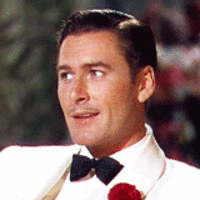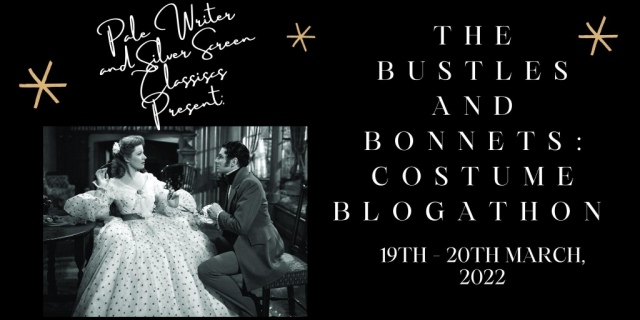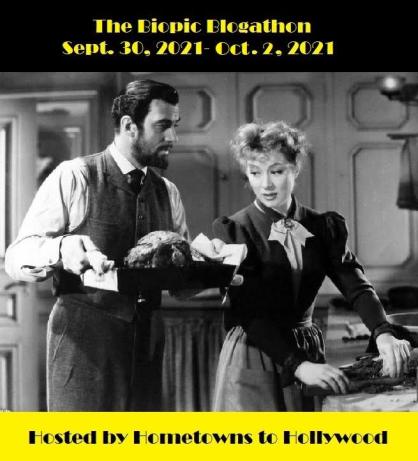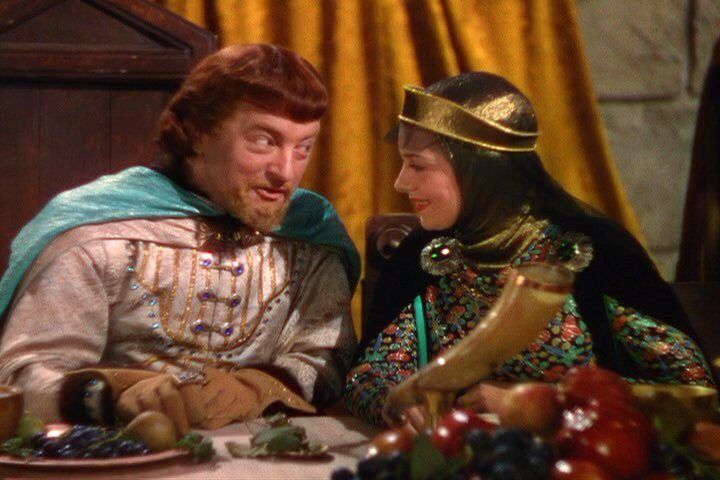It’s a little late to release this, seeing that today is the first day of TCM’s annual Summer Under the Stars programming, but better late than never, right? This year, numerous personal favorites are featured, it was almost as if TCM asked me for suggestions!
August 1st- Lucille Ball
My absolute favorite actress is kicking off this year’s programming. I’ve seen everything scheduled. I will say that Forever Darling (1956) is one of my least favorites of Lucy’s films, only because her and Desi’s marriage was strained by the time this film came out. The stress of their relationship is evident in their performances and there is an uncomfortable vibe throughout the film. A scene in which Lucy and Desi bicker, which maybe a few years prior would have been funny, is not. You can’t help but feel like you walked into a scene you shouldn’t have. I do like the scene where Desi complains about Lucy’s relatives, Natalie Schafer and Louis Calhoun, always being around. With that said, TCM is showing my all-time favorite film, The Long Long Trailer (1954), which I’ve seen (no exaggeration) at least a hundred times. Other films of interest are Too Many Girls (1940) which is not a great film, but an important one for I Love Lucy fans–this is the film that brought Lucy and Desi together. Another film of note is Dance, Girl Dance (1940), which is what Lucy was filming when she met Desi. She was sporting a torn dress, mussed hair, and a fake black eye when she met him. Suffice it say, Desi was not impressed. A few hours later, Lucy was cleaned up, she met Desi again, and the rest is history.
My Don’t Miss Titles: Dance, Girl, Dance (1940); The Long, Long Trailer (1954); Meet the People (1944); and Lured (1947)
I’m Interested In: I’ve seen all the titles featured, so I’ll just catch whatever films I happen to see. As of the writing of this article, I did catch Dance Girl Dance, Too Many Girls, and The Long Long Trailer.
August 2nd- Anthony Perkins
I’ll admit that I don’t know much about Anthony Perkins’ film career other than Psycho (1960) and On the Beach (1959), which isn’t being shown this year. His performance in Psycho is truly terrifying and he should have won the Oscar. The key with Norman Bates is that while he’s odd, he doesn’t really seem scary at first, which is probably why Janet Leigh didn’t think much about him. The shower scene will forever remain an indelible part of American cinema. The scene at the end of the film where Mrs. Bates finally takes over Norman’s mind, and a skeleton face is superimposed over Norman’s is one of the creepiest moments of all time.
My Don’t Miss Titles: Psycho (1960)
I’m Interested In: Tall Story (1960); Goodbye Again (1961); and The Trial (1963)
August 3rd- Stella Stevens
Stella Stevens is another actress with whom I’m unfamiliar. She just passed away earlier this year at the age of 84, from complications of Alzheimer’s disease. I am familiar with The Poseidon Adventure… which isn’t being shown. I have also seen The Courtship of Eddie’s Father (1963), but I cannot remember her!
My Don’t Miss Titles: I don’t have any because I’ve barely seen her filmography!
I’m Interested In: Girls, Girls, Girls (1962) because I do love me an Elvis movie; How to Save a Marriage and Ruin Your Life (1968); and Rage (1966)
August 4th- Jackie Cooper
I’m not too familiar with Jackie Cooper, whom I always mix up with Jackie Coogan. I’m not big into child actors, so Cooper isn’t one I’ve sought out. With few exceptions, I find child actors annoying. I have seen Ziegfeld Girl (1941), but honestly I watched for Lana Turner and Judy Garland, I cannot remember Cooper.
My Don’t Miss Titles: Ziegfeld Girl (1941)
I’m Interested In: Broadway to Hollywood (1933) a pre-code with Alice Brady; The Navy Comes Through (1942) one of the rare non-Lucy co-starring film roles for Desi Arnaz.
August 5th- Errol Flynn
I love Errol Flynn, I’ve seen every film scheduled. Kim (1951) is my least favorite of the bunch, I just don’t find the story interesting. However, the rest of the films featured are excellent, even Flynn’s later films like Mara Maru (1952) and Montana (1950). My personal favorite Flynn film, Gentleman Jim (1942) is not being featured; but I do love The Sisters (1938) co-starring my queen, Bette Davis.
My Don’t Miss Titles: The Sisters (1938); The Adventures of Robin Hood (1938); The Sea Hawk (1940); and Edge of Darkness (1943)
I’m Interested In: I own all the films featured (except the aforementioned Kim); so I’ll just catch whatever titles I happen to see this day.
August 6th- Debbie Reynolds
I’m surprised that TCM didn’t schedule Lucy on this day, since this is her birthday and all; but I love Debbie so I’m happy to see her featured. Much like Lucy and Errol’s days, I’ve seen almost all of the films scheduled on Debbie’s day, except for The Affairs of Dobie Gillis (1953) and Athena (1954). Even though the plot is highly questionable and odd, I do like Susan Slept Here (1954) solely for Debbie and Glenda Farrell. Debbie is adorable here and it’s fun seeing her as a juvenile delinquent. I do not like Bundle of Joy (1956) as I find Eddie Fisher a very off-putting onscreen presence. Unfortunately this film was trying to make Fisher a thing and it is not successful. Stick with the original, Bachelor Mother (1939) starring Ginger Rogers and David Niven. Of course Debbie’s star-making role as Kathy Selden in Singin’ in the Rain (1952) is here, and this film never gets old. I also enjoy Debbie being paired up with Tony Randall in The Mating Game (1959). And let’s not forget about Debbie being dressed like a football and literally thrown around like a football in I Love Melvin (1953).
My Don’t Miss Titles: I Love Melvin (1953); Singin’ in the Rain (1952); The Mating Game (1959); The Gazebo (1960); and The Tender Trap (1955).
I’m Interested In: The Affairs of Dobie Gillis (1953) and Athena (1954) the only two films featured this day that I haven’t seen.
























































